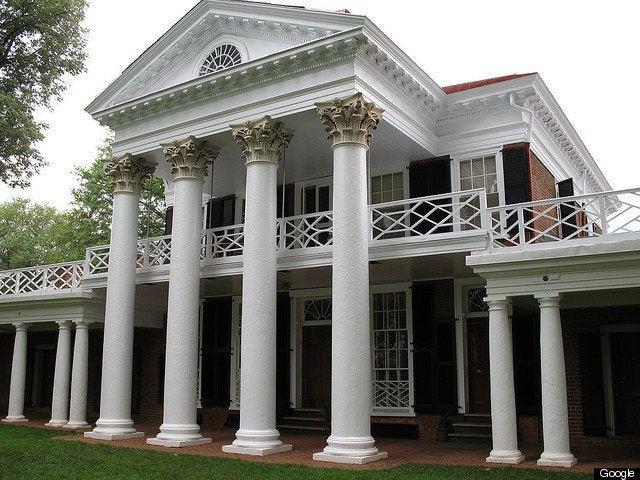
Recently, another small college closed its doors. It was located in New England, the region of the country with the most rapid decline in youth and most rapid growth in aging populations. It was a college focused on creative writing, the arts and humanities. Although the National Association of Independent Colleges and Universities asserts that the number of small private colleges has remained roughly the same for the past 30 years, with new ones being created as others are closed, the demise of any higher educational institution begs the question of adaptability. Indeed, we might go further and ask: are private institutions effectively serving the needs of students, the community, and the nation?
According to Charles Darwin, "It is not the strongest of the species that survives, nor the most intelligent that survives. It is the one that is the most adaptable to change." If we apply this pronouncement to higher education, our focus turns to small private colleges and universities. These institutions exist across the nation in settings from urban to rural; many were founded with religious affiliations or backgrounds; and they often serve disproportionately more first-generation students, students with special needs, and those for whom personal attention is essential. Clearly I am not referring to those elite institutions with hundreds of millions in endowment dollars -- I am directing this at those smaller not-for-profits who survive primarily on tuition dollars and the value they bring to their students.
For more than a decade, editorials have railed and television commentators have opined about the rising costs of higher education. Increasingly, parents fret about how they will pay for their children to attend a college of their choosing and, more than ever before, students seek employment to assist in buying books and paying for tuition. Although public universities and colleges have increased their tuition and fees, most are still priced lower than private institutions. Thus, some people may conclude that we can abandon private colleges and universities, or that these colleges should give up serving middle-income and working-class students. They might see small independent institutions as anachronistic and "endangered." However, they would be mistaken.
One of the unique features of American higher education is access to the choices that these independent institutions provide. As the public assesses the costs of higher education, a concurrent evaluation of the benefits also should be undertaken. It is well recognized that more education, not less, is the norm for success in the global marketplace. While a few colleges have declined in viability, many are adapting to the varied needs of our nation's diverse populations.
For example, Saint Joseph College is the first Connecticut institution to offer a degree in applied behavior analysis, the preferred credential and training to treat autism. Other independent institutions in Connecticut also offer innovative programs needed in our communities, e.g., University of New Haven has a program in forensic science and Quinnipiac University hosts a center in financial technology. These and many other private institutions continue to build professional opportunities for students while serving societal needs. Our independent colleges are often more nimble, flexible, and adaptable than those burdened with state bureaucracies; with appropriate private and public support they will thrive.